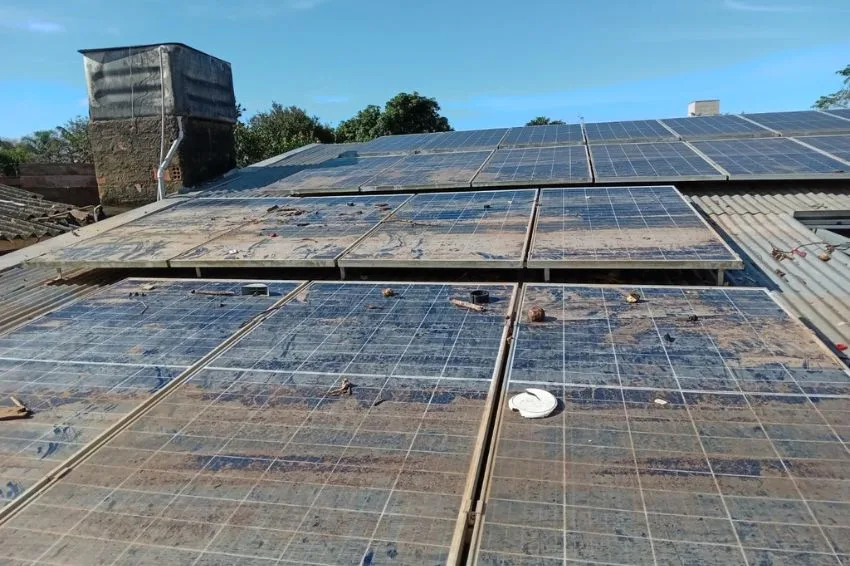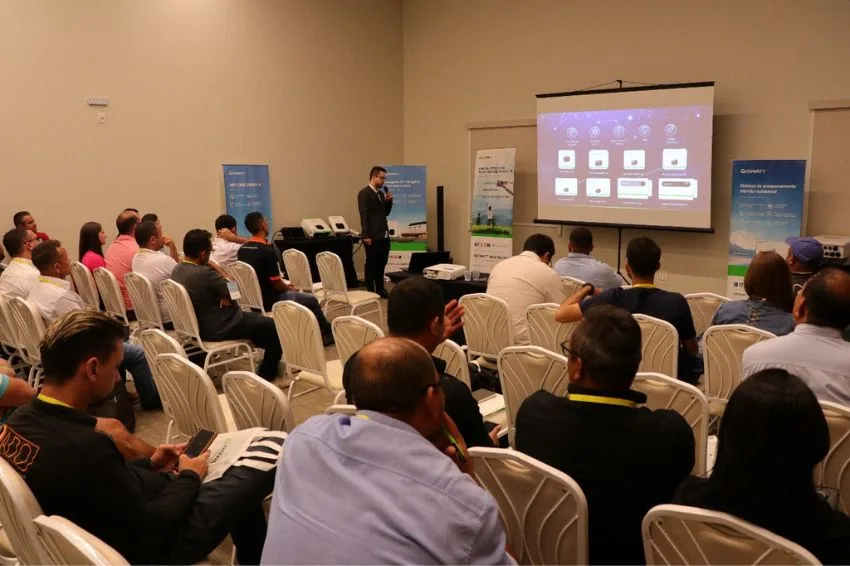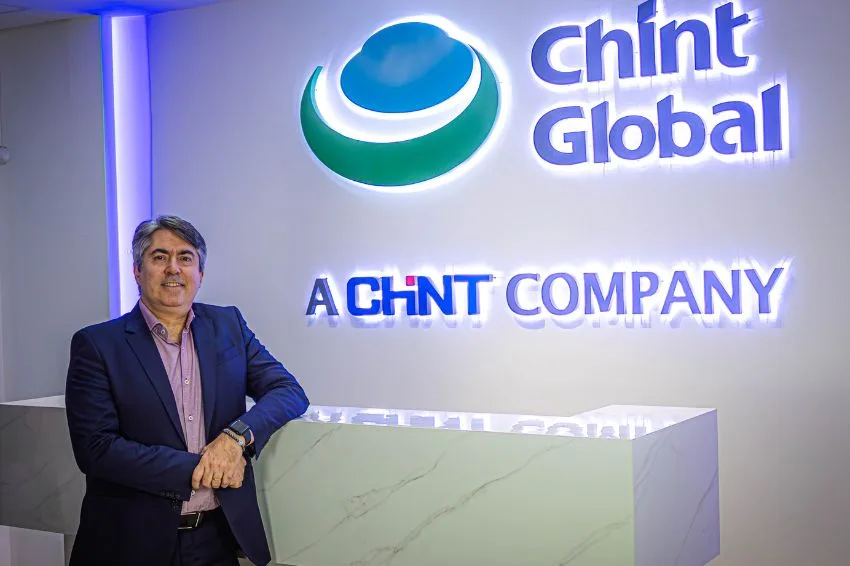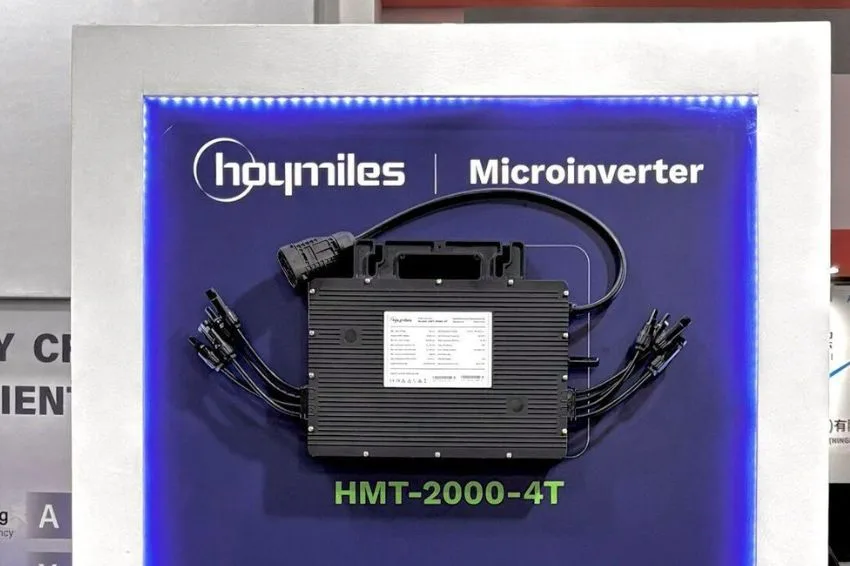Launched at the end of last year, O RenoMicro 2000 W, microinverter Renew, has already reached the mark of more than 500 projects served. The number does not correspond to the units, but rather to the projects, as each solar energy installation will have a number of inverters equivalent to the number of panels.
"O microinverter is part of Renovigi's restructuring, which ranges from the launch of new products to their physical expansion to other regions of Brazil”, said Guilherme Costa, executive manager at Renovigi.
"O equipment was the first of this new phase, and meets a demand from Renovigi accredited companies that wanted to work with this system”, he said.
Between the RMI 2000 Micro features, they are:
- Four MPPTs;
- IP67 degree of protection;
- Online monitoring;
- Integrated Wi-Fi;
- Anti-islanding protection;
- 12 year warranty;
- Estimated useful life of 25 years.
Advantages of microinverters
According to Gabriel Brandão, Product Development engineer at Renovigi, there are several advantages of using the microinverter in the photovoltaic generation project. One of them is the design, and the possibility of installing the panels on roofs with a lot of water, since, as they are installed module by module, the panels do not need to be aligned.
“For architects and engineers who are already designing houses with the plan to install a solar system on the roof, it is important to know that they can count on this type of equipment”, he commented.
Another advantage is the way the plant is monitored. As the energy being generated by the system is controlled by an application, the consumer can see each module in the plant.
“Shading problems are easily detected. By consulting the application, the customer knows which module is interfering. This shading can be caused by a leaf, any object that can fall on the roof and interfere with the effectiveness of the module”, explained Brandão.
“In the inverter, this problem would affect the entire series of modules, whereas in the micro, it only interferes with the affected module, which ends up increasing the useful life of the system in general”, he highlighted.
Furthermore, he stated that the microinverter makes it possible to expand the system more easily. For those who already have a plant with a string inverter and want to increase production, there is no limit to purchasing new panels.
“The customer can place 1 to 4 modules per computer, even with different powers and different positions, if desired, as the computer is connected via inputs isolated by modules. With a string inverter, for example, there would have to be a corresponding panel limit (same power, inclination and orientation) all within the equipment's peak generation limit”, he reported.
“With the RenoMicro 2000 W, there is freedom of installation with different module powers, inclinations and orientations, increasing the ease of expansion and maintenance of the installed system”, explained the specialist.
String inverter, will it be retired?
Given all these advantages, one question remains: will the string inverter be retired? "No way. The option for one or the other will depend on the project. The cost of the inverter pays off in larger projects. And it is also possible to install hybrid projects, in which both types of inverters can be used”, pointed out the engineer.
For Guilherme Costa, the greater supply of equipment is an indication that the sector still has a lot to grow and become increasingly advantageous for the consumer. “At this time, when there is so much talk about 'taxing the sun', whether it is still economically worth investing in solar energy, we have seen that the launch of new products with wide acceptance by the public shows that the sector is on the rise”.
“Not to mention the environmental aspect, which will always be an important attribute. After all, solar energy, in addition to being a renewable and clean source, reduces CO2 emissions by saving energy generated by the SIN (National Interconnected System)”, concluded the executive manager.
















One Response
Excellent explanation, it would be great to know the average price of the micro inverter, if possible!